
The limitations of secondary batteries lie in technical and economic constraints, such as safety issues, energy density, material supply, environmental impact, and temperature sensitivity. These issues must be addressed through ground breaking materials technology and battery structuring.

There is a risk of fire or explosion in overcharge, overdischarge, and high-temperature environments.
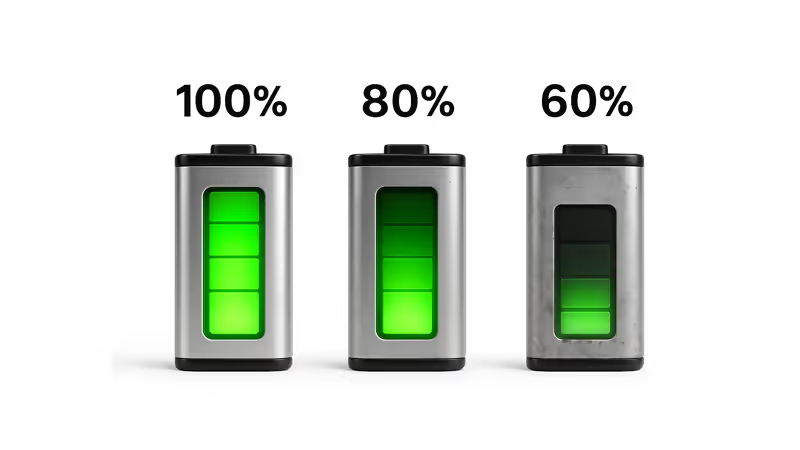
Capacity decreases over time due to repeated charging and discharging, necessitating long-term replacement.

Performance degrades rapidly in extreme environments, such as low temperatures or high temperatures.
The development of light-weight batteries has a great potential value for mobile applications, including electric vehicles and electric aircraft. Along with increasing energy density, another strategy for reducing battery weight is to endow energy storage devices with multifunctionality – e.g., creating an energy storage device that is able to bear structural loads and act as a replacement for structural components such that the weight of the overall system is reduced. This type of batteries is commonly referred to as “structural batteries”. Two general methods have been explored to develop structural batteries: (1) integrating batteries with light and strong external reinforcements, and (2) introducing multifunctional materials as battery components to make energy storage devices themselves structurally robust.
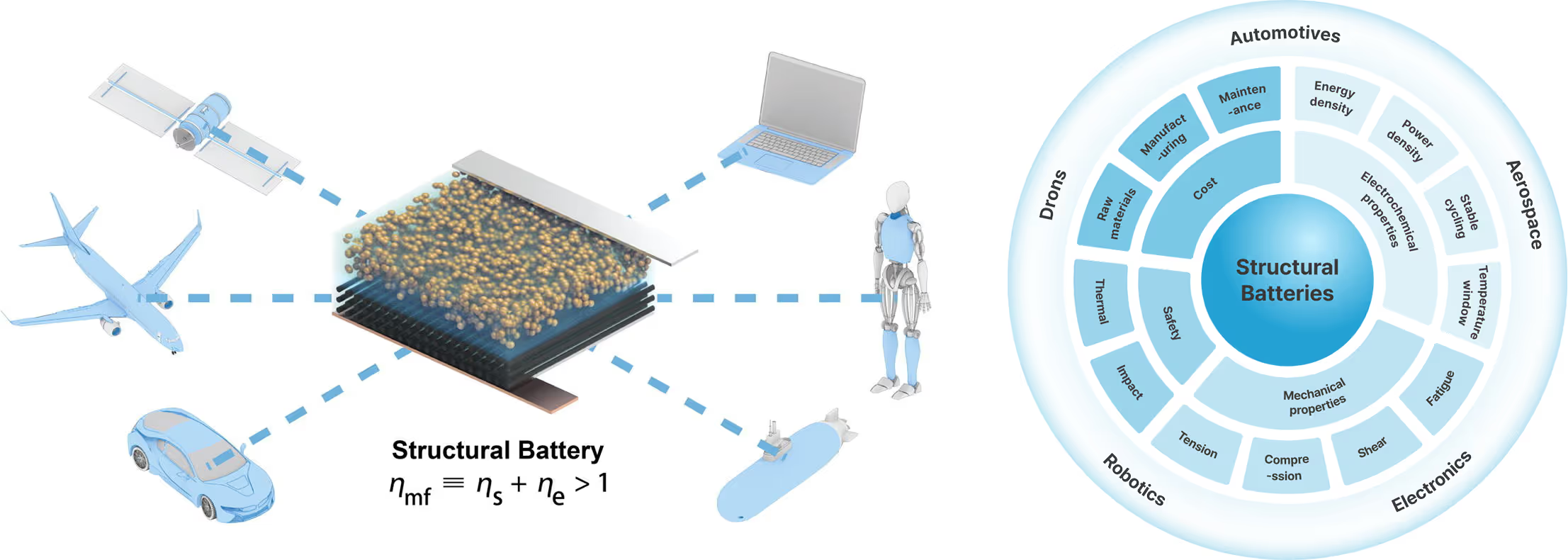
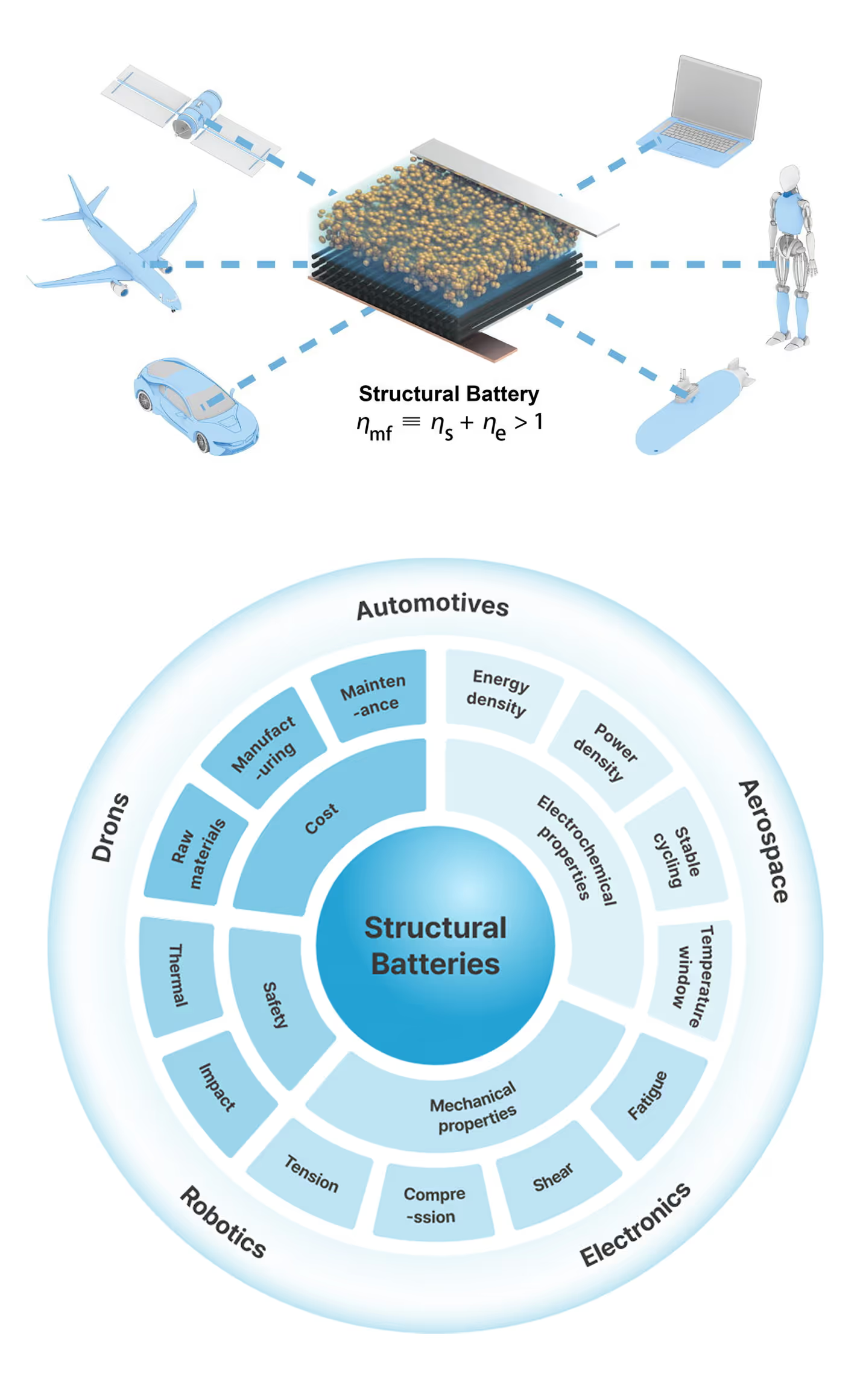
Structural battery composites(SBCs) are multi-functional materials that combine mechanical strength with energy storage capabilities, allowing them to serve as both load-bearing components and power sources. They integrate energy storage into materials like carbon fiber composites, eliminating the need for separate battery packs and reducing weightand space. It can be used in a variety of industries, including aircraft, electric vehicles, drones, electronics, and robotics.
Structural batteries offer weight reduction and increased energy efficiency. By combining energy storage and structural support in a single material, they can reduce the weight of vehicles and aircraft, improving fuel efficiency and extending their range. They also offer other benefits, including cost savings due to fewer parts, more integrated designs, and improved sustainability through efficient resource utilization.
By eliminating the need for separate, heavy battery packs, the overall weight of a vehicle or aircraft can be significantly reduced.
Lighter structures require less energy to move, which leads to improved energy consumption and extended range, especially in electric vehicles and aircraft.
Energy can be stored within the structural components themselves, such as the car's floor, roof, or chassis, which frees up space for other uses or allows for a smaller, less bulky battery.
Reducing material requirements and improving energy efficiency can contribute to a more sustainable design.
The convergence of materials science and energy technology through structural battery composites represents a critical inflection point for global industries. Over the next decade, these innovative materials have the potential to fundamentally restructure how infrastructure, energy storage and product design are conceived across multiple sectors.

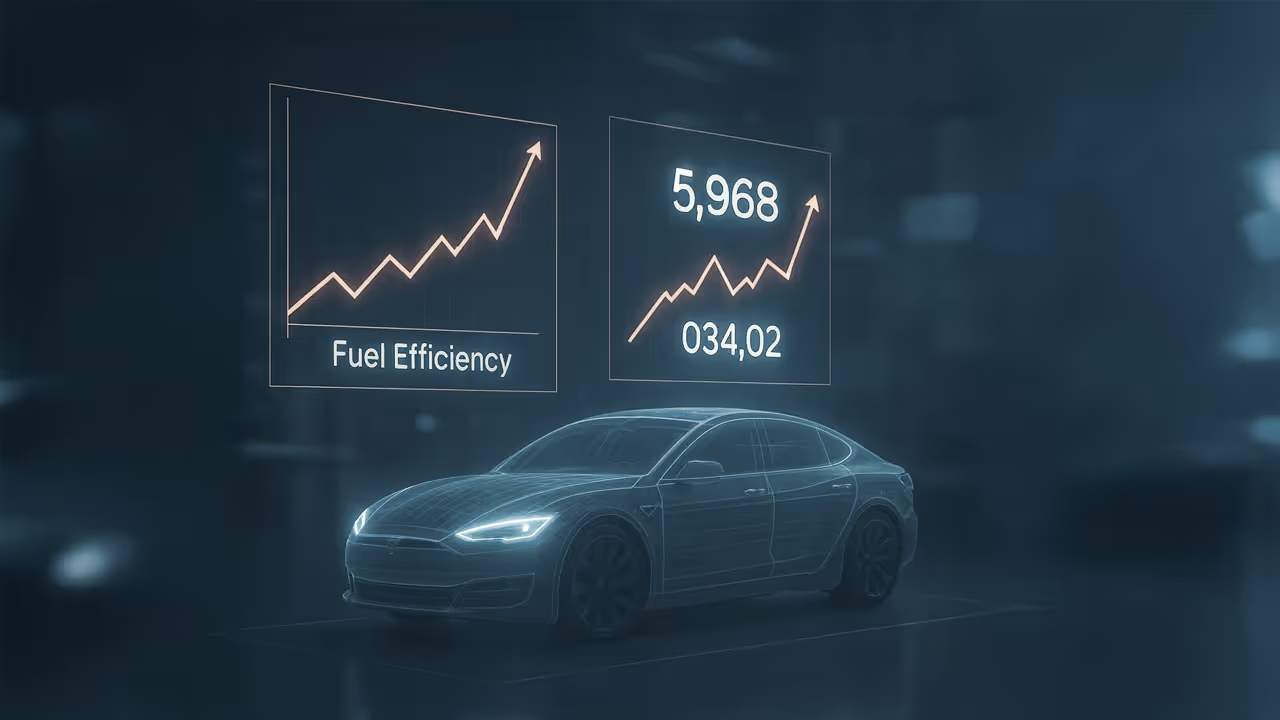

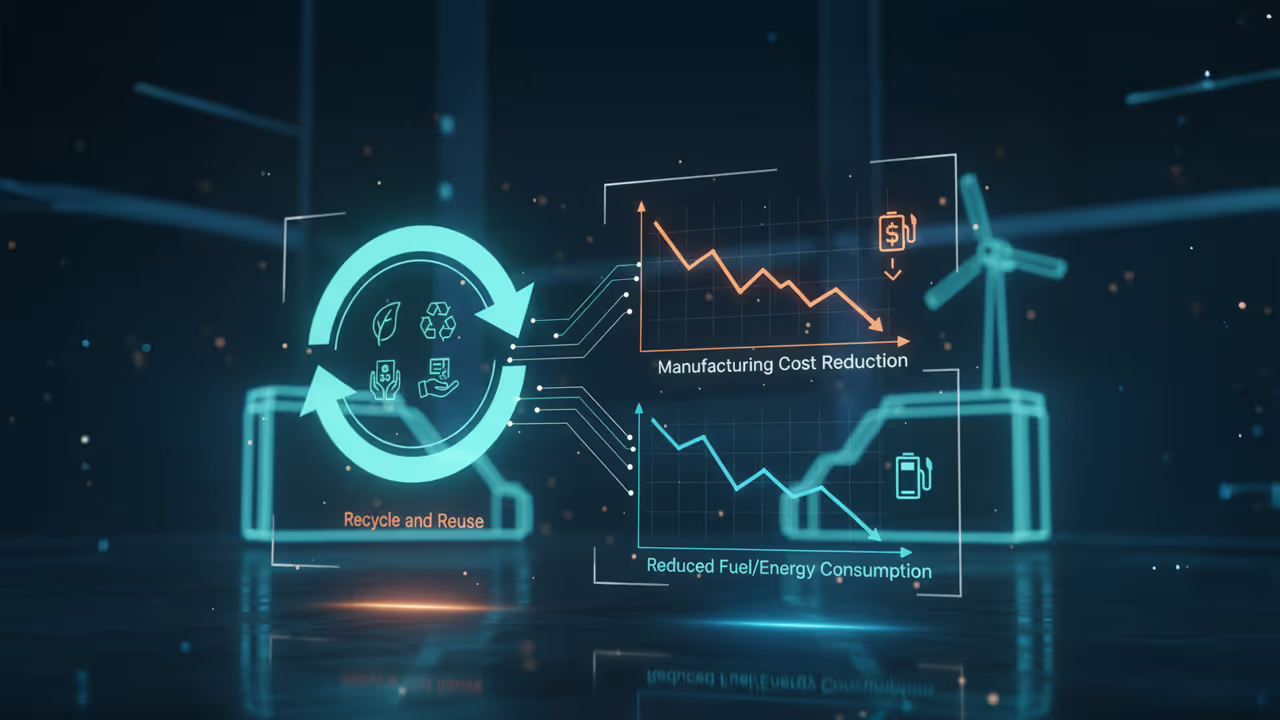
Structural battery composites (SBCs) have applications in electric vehicles, aerospace, and consumer electronics by acting as both a structural component and an energy storage device. This dual functionality allows for significant weight reduction and more efficient use of space by eliminating the need for a separate battery pack, potentially leading to lighter, longer-range EVs, advanced aircraft, and innovative electronic devices like energy-storing phone casings or laptop bodies.

